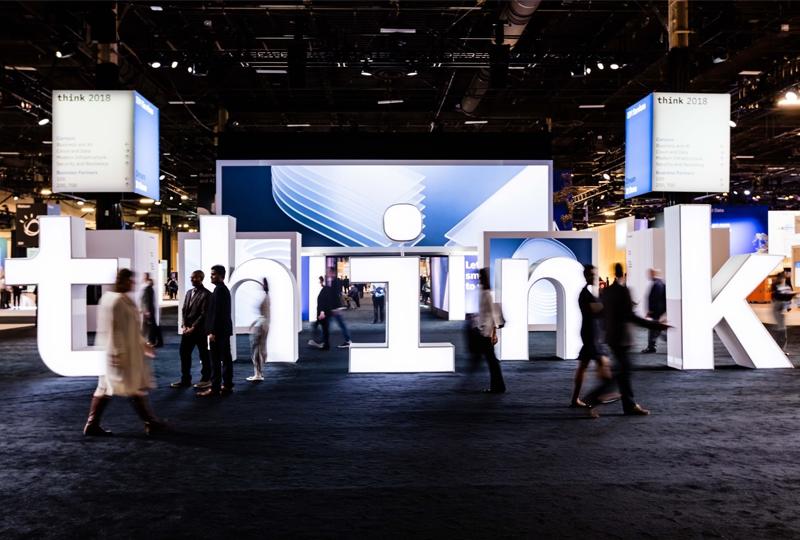
IBM's business and technology conference, Think 2018, recently held in Las Vegas, opened on a high note, with a Science Slam - where five scientific breakthroughs that will likely change the way humans interact with technology were announced.
According to IBM research, the '5 in 5' - five innovations to watch in the next five years - will not only change our lives, but the world as we know it. These innovative breakthroughs will enable businesses to capitalise on the digitisation of the physical world.
With the introduction of artificial intelligence (AI) powered IOT solutions, organisations will be able to better engineer products, manage operations and engage with people through connected things without losing the human touch element.
IBM predicts that by 2023, we can look forward to a world with less counterfeits, reduced cyber attacks, cleaner oceans and interactive yet powerful machines.
These are the five innovations to look out for:
1. Crypto-anchors and blockchain unite against counterfeiters
IBM researchers predict a shift towards technologies that will ensure product authenticity from its point of origin to the hands of the customer.
This will be achieved by developing crypto-anchors - tamper-proof digital fingerprints that can be embedded into products or parts of products, and linked to a blockchain, which in turn is a powerful means of proving a product's authenticity.
This shift will reduce the $600 billion price tag that fraud and counterfeit products costs the world each year.
2. Lattice cryptography: post-quantum encryption method
Nearly 4 billion data records were stolen in 2016 and the scale and sophistication of cyber attacks escalates every year, as do the stakes. As new methods of attacks are being used, today's security measures are woefully inadequate.
At Think 2018, IBM revealed it is developing encryption methods to keep up with emerging technologies such as quantum computers, which it says will someday be able to break all current encryption protocols.
IBM researchers have already developed a post-quantum encryption method called lattice cryptography, which they have submitted to the National Institute of Standards and Technology (NIST). It claims that no computer can crack it, not even future quantum computers.
3. AI-powered robot microspores may save our oceans
Within the next five years, small, autonomous AI microscopes, networked in the cloud and deployed around the world, will monitor in real-time the health of a resource that is becoming scarce in many parts of the world - water.
IBM scientists are working on an approach that uses plankton, which is the natural, biological sensor of aquatic health. AI microscopes can be placed in bodies of water to track plankton movement in 3D, in their natural environment, and use this information to predict their behaviour and health.
The company says this could be useful in situations such as oil spills and runoff from land-based pollution sources, and to predict threats such as red tides.
4. AI bias will explode
The number of biased AI systems and algorithms will increase.
A crucial principle, for both humans and machines, is to avoid bias and therefore prevent discrimination.
Bias in an AI system mainly occurs in the data or in the algorithmic model. As we work to develop AI systems we can trust, it's critical to develop and train these systems with data that is unbiased and to develop algorithms that can be easily explained.
Many AI systems will continue to be trained using bad data, making this an ongoing problem. But data can be tamed and the AI systems that will tackle bias will be the most successful.
5. Quantum computing will become mainstream
Quantum computers are extremely powerful machines that take a new approach to processing information using the principles of quantum mechanics.
IBM research predicts that in five years, the effects of quantum computing will reach beyond the research lab. It will be used extensively by new categories of professionals and developers looking to this emerging method of computing to solve problems once considered unsolvable.
Share